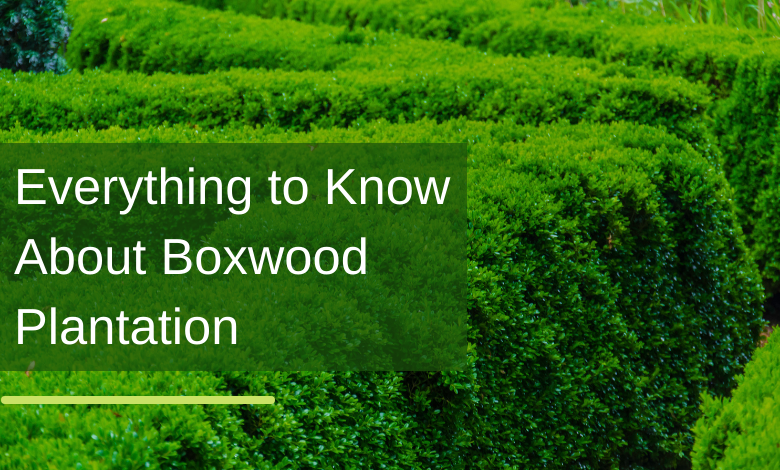
There is no doubt in saying that boxwood is one of the most beautiful and versatile shrubs that adds color to your garden area. Their greenery can add elegance to any wintery landscape and provide a structure to your garden. One of the unique things about the boxwood ball is that it can be shaped into any whimsical shape and clipped into different geometric forms. The plant’s natural size, shape, and growth rate vary depending on various factors. Some are rounded and spreading, while others are more upright and conical in shape. They can bounce back and hold out against clipping, making them perfect for hedges and topiaries.
Now let’s know some basics of the boxwood plant.
Boxwood plans have different growing zones. For most of them, it is 5 to 9, but for a few of them, it may be 4. The plant gets 1-20 Ft tall with a width of 2-8 Ft. The boxwood ball prefers partial or dark shade rather than a scorching mid-day sun, but they can tolerate the full sun as well. Overexposure to the sun may also cause burning and bronzing of the greenery. The boxwood plants grow for their foliage; their leaves grow oppositely and are lanced shaped to almost round, which is leathery to touch. The boxwood plant contains an alkaloid that is harmful to dogs, cats, horses, and humans. Contact with the same may cause skin irritation. Boxwood spiral is also a type of boxwood plant that can grow up to 6 Ft tall and spread up to 15 inches.
Planting Boxwood ball
When to plant: Plant your boxwood ball in fall or late winter to early spring so that you get the greenery you are looking for.
Where to plant: Different kinds of plants have different plantation requirements concerning exposure and cold hardiness, so plant them in a position where they are suitable for proper growth and nourishment. One common thing in all the plants is that they do not tolerate standing water or soppy soil. Make sure you plant your boxwood ball where there is well-drained soil. Plant your boxwood in an area where they get protection from downtime wind and scorching heat.
How to plant: The planting hole should allow the plant’s crown to sit slightly above the soil level. Bring in the soil to the base to keep water from pooling. Do not plant too deep as they may become stressed and die.
Taking care of your boxwood ball
When to pare boxwood: Trimming and shearing of your plant encourages new plant growth and is best done in summer or late spring.
How to pare boxwood: When trimming the plant, don’t overdo it. You may find the lovely, compact bush healthy from the outside, but that dense outer greenery caused by over paring can keep the air and light from getting into the inside of the plant. Trim the outer part of the plant manually so that the light and air could get through the inside part of the boxwood plantation.
Soil: The boxwood plant is highly adaptable and can go well with the different types of well-drained soils. Ideally, a soil of PH level 6.5 – 7 is perfect for a boxwood plantation.
Winter Care: Your boxwood plant needs a little extra care in winter. Protect the plant from cold temperatures and winds with wraps or a windbreak. You may apply a layer of mulch to keep the roots insulated. This will help you preserve moisture in plants and prevent dehydration damage from cold winds.
Watering: Watering is essential for every plant, be it any. Water your newly planted boxwood for the first year, especially during the hot temperatures. By the second year, roots systems are still developing, so continue to water your boxwood regularly if the rainfall isn’t enough for them. Once appropriately established, they only need watering during dry, hot days.
Conclusion
Boxwood plantation is done for greenery as their flowers are insignificant. Growing boxwood is a low-maintenance task; all you need is to take proper care of your plant. Boxwood Plantation price is expensive so give it a moment to think about when to plant and where to plant.





